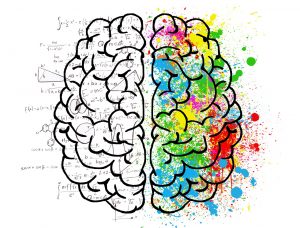One key feature of engaged student learning is ensuring that the programs we offer are brain-friendly. Let’s examine four components that can be integrated into learning practices.
Acknowledgment
If it’s Worth Doing, it’s Worth Celebrating
- Pride, pleasure, and increased feelings of self-esteem are all common reactions to being paid a compliment or receiving positive feedback. Why? Because being praised triggers the release of dopamine (a neurotransmitter that helps control the reward and pleasure centers of the brain).
- As well as making us feel good, dopamine can contribute to innovative thinking and creative problem-solving.
Novelty & New
Novelty Brings Joy!
- How the brain handles novelty: There’s a region in our midbrain called the substantia nigra/ventral segmental area or SN/VTA. This is essentially the major “novelty center” of the brain, which responds to novel stimuli. This novelty center is closely linked to areas of the brain called the hippocampus and the amygdala, both of which play large roles in learning and memory.
- What is controllable for you? The environment! Six design parameters that have a significant effect on learning are color, choice, complexity, flexibility, connection, and light.
Curiosity & Discovery
Inquiry-Based Learning
- When our curiosity is piqued, our body’s Limbic Reward System lights up and brain pleasure centers are stimulated through the release of dopamine. And not only does dopamine make us feel happy, but it also enhances connections between cells that are involved in learning. When students are able to ask their own questions, they can chase their curiosity and tap into their own interests.
Multi-Sensory
Looks Like, Sounds Like, and Feels Like
- Did you know: Vision supersedes all of the other senses. We are incredible at remembering pictures. Hear a piece of information, and three days later you’ll remember 10% of it. Add a picture and you’ll remember 65%.
- Focus on active learning comes in! Show, don’t tell. This is where students need to experience the learning, not just abstractly talk about it.
What steps can you take to create brain-friendly learning in your program? Share your ideas in the comments!
For breakfast today, I had an iced Americano, yogurt, and protein bar.
Author: @kristinstayer
